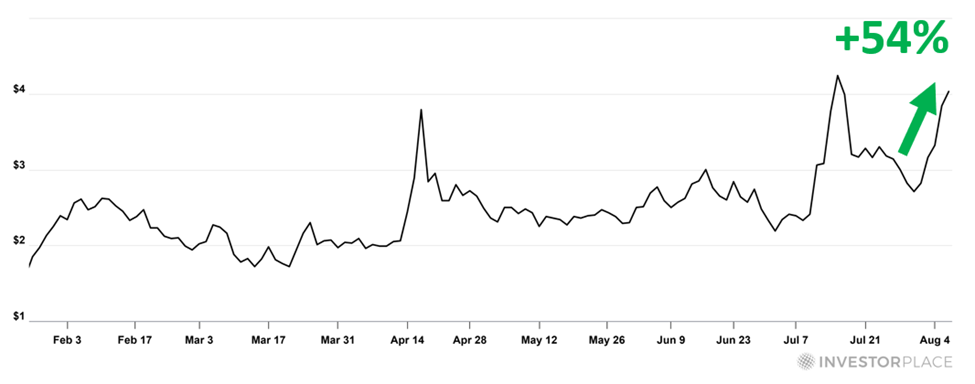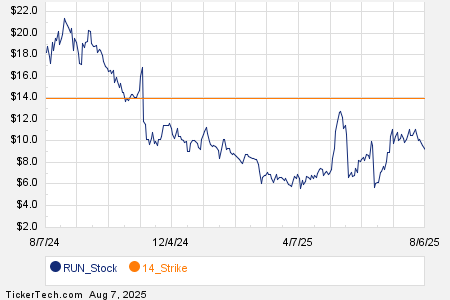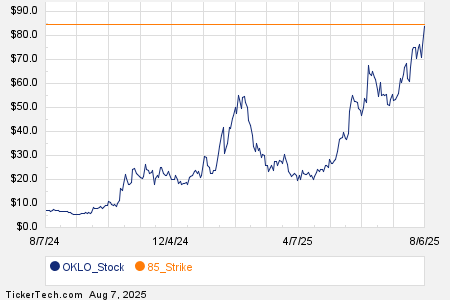On Thursday, September ICE NY cocoa (CCU25) closed up by 174 points (+2.05%), reaching a 5-week high, while September ICE London cocoa #7 (CAU25) fell by 21 points (-0.38%). This divergence in cocoa prices occurred amid a decrease in ICE-monitored cocoa inventories at U.S. ports, which dropped to a 1.75-month low of 2,283,787 bags, indicating tighter supplies.
Key factors influencing the market include a slowdown in Ivory Coast cocoa exports, which totaled 1.76 million metric tons (MMT) from October 1 to August 3, a 6% year-over-year increase but down from a larger 35% increase noted in December. Additionally, concerns about poor weather conditions have raised worries regarding the quality of the current mid-crop harvest, and the quality of about 5-6% of the beans is reported to be poor, up from 1% during the main crop. In Nigeria, cocoa production is projected to decline by 11% year-over-year to 305,000 MT for the 2025/26 crop year.
Market sentiment has also been impacted by declining chocolate demand, with major players like Lindt & Spruengli AG and Barry Callebaut AG lowering sales volume predictions due to steep cocoa prices. The International Cocoa Organization (ICCO) noted a global cocoa deficit revision for the 2023/24 season to -494,000 MT, citing a production drop of 13.1% year-over-year to 4.380 MMT and a historical low stocks-to-grindings ratio.





